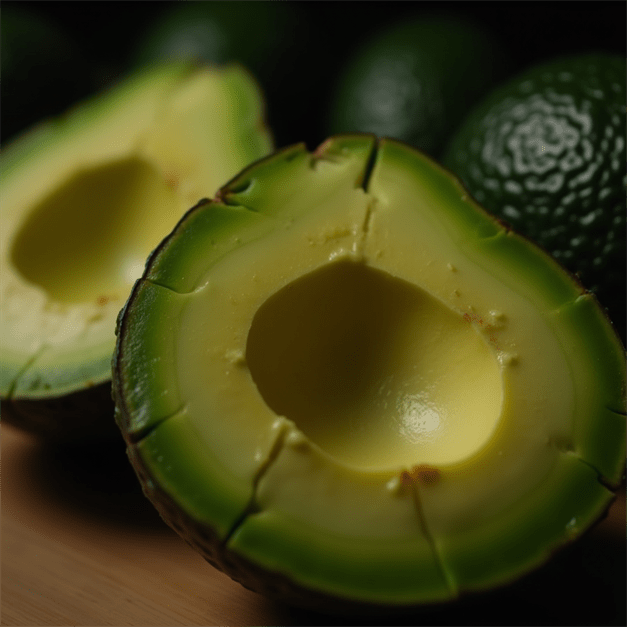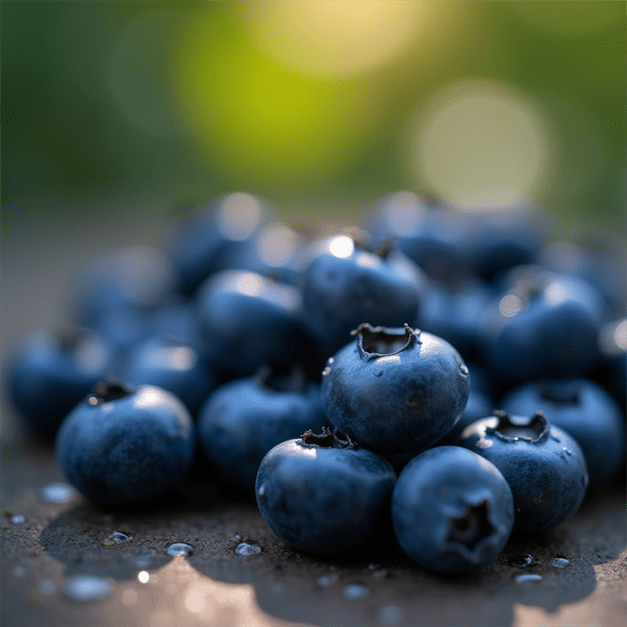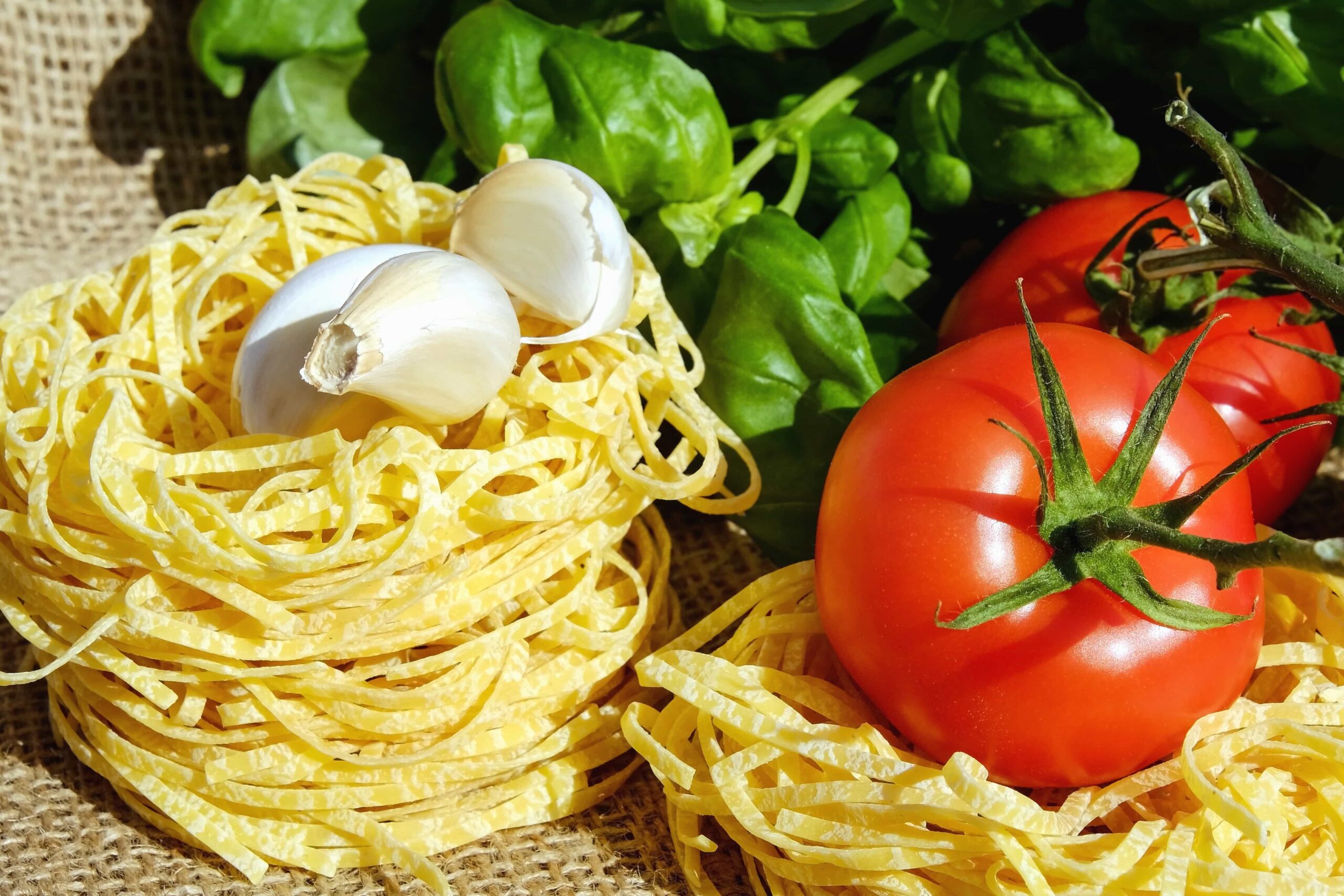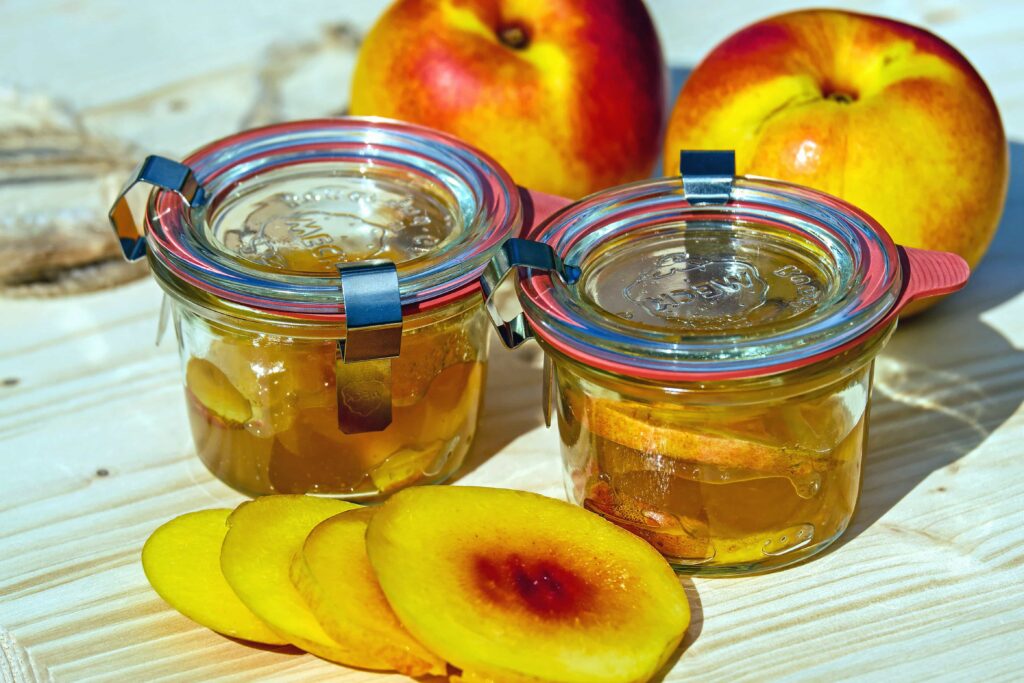Let me tell you about Mrs. Patterson. She walked into my clinic last spring carrying a Louis Vuitton purse and a prescription for Ozempic, convinced she’d finally found the magic bullet for her 20-year weight struggle. She started using GLP-1 with a lot of enthusiasm.
Three months later, she was back in my office looking like she’d been hit by a truck. “I can’t keep anything down,” she whispered, clutching that same purse like a life preserver.
That’s when I knew I had to write this article. After 30 years as a registered nurse and the last decade helping people navigate nutrition and metabolism, I’ve watched the GLP-1 craze unfold with equal parts fascination and concern.
These medications work, no question about it. But honey, the picture is a lot more complicated than the Instagram ads want you to believe.
What Your Doctor Might Not Explain About GLP-1
GLP-1 stands for glucagon-like peptide-1, which sounds fancy but it’s really just one of your body’s hunger hormones. Think of it as your internal dinner bell that rings in reverse. Instead of calling you to eat, it tells you to stop.
Your intestines release GLP-1 naturally when food hits your small bowel. It slows down digestion, signals your brain that you’re satisfied, and keeps your blood sugar from spiking like a roller coaster.
GLP-1 medications like Ozempic, Wegovy, and Mounjaro basically hijack this system. They turn up the volume on your body’s “I’m full” signal to eleven. For people whose hunger hormones have gone haywire, this can feel like a miracle.
I get it. When you’ve spent decades fighting with your appetite, having it finally quiet down feels like divine intervention.
The Good: Why People Are Calling It a Game-Changer
The effectiveness numbers don’t lie. In clinical trials, people using semaglutide (that’s Ozempic and Wegovy) lost an average of 15% of their body weight. Tirzepatide users (Mounjaro, Zepbound) lost even more.
But here’s what really gets my attention as a nurse: it’s not just about the scale. Recent research looked at 175 different health outcomes and found GLP-1 medications helped with cardiovascular disease, brain function, and inflammation. That’s the kind of broad benefit that makes me sit up and pay attention.
I’ve seen clients whose blood pressure normalized for the first time in years. People who hadn’t felt hungry in the normal sense for decades suddenly experienced what it was like to eat until satisfied and then naturally stop. For some folks, especially those with significant metabolic dysfunction, these medications can be genuinely life-changing.
The problem is, nobody talks much about what comes next.
The Bad: Side Effects They Don’t Put on the Billboards
Remember Mrs. Patterson? Her experience wasn’t unusual. Mayo Clinic research found that half of all semaglutide users experience side effects. Let me paint you the real picture.
The most common complaints I hear in my practice are nausea, vomiting, and diarrhea. Sounds manageable, right? But imagine feeling queasy every single day for months. Imagine planning your life around bathroom access because your digestive system has essentially gone rogue.
Then there are the problems that don’t show up in the first few weeks. I’ve had three clients develop gastroparesis, a condition where food just sits in your stomach like a brick. One woman couldn’t eat solid food for six months after stopping the medication.
The “Ozempic face” phenomenon is real too, and it’s not just vanity. Rapid facial fat loss can age people by decades, leaving them looking gaunt and hollow. I had a 45-year-old client who started getting asked if she was feeling okay everywhere she went. The psychological impact was devastating.
What really concerns me as a healthcare professional are the reports of gallbladder problems and pancreatitis. These aren’t minor inconveniences. They’re serious medical conditions that can require surgery or hospitalization.
The Ugly: When Desperation Meets Marketing
The worst part of this whole GLP-1 phenomenon isn’t the medications themselves. It’s the ecosystem of scams and dangerous alternatives that have sprung up around them.
Last month alone, the FDA issued warnings about counterfeit GLP-1 products that contained everything from insulin to who-knows-what mystery ingredients. People are so desperate for these effects that they’re buying “research peptides” from sketchy online sources and injecting themselves with solutions that haven’t been tested for human use.
I had a client show up with a vial of something called “research semaglutide” that she’d ordered online for 50 bucks. When I asked her how she knew it was safe, she just shrugged and said, “It’s cheaper than the real thing.”
Sweet Jesus on a bicycle. This is how people end up in the emergency room.
The supplement industry has jumped on the bandwagon too, selling products with names like “GLP-1 Support” and “Natural Ozempic Alternative.” Most of these contain berberine, chromium, or other compounds that might have modest effects on blood sugar, but they’re not going to replicate the appetite suppression of actual GLP-1 medications.
I’ve seen people spend hundreds of dollars on these supplements, convinced they’ll get the same results. They don’t, of course, which leads to more frustration and often more dangerous experimenting.
Here’s What Nobody Tells You About Going Off GLP-1
This is where I have to get real with you. Most people gain back the weight they lost when they stop these medications. Not some of it. Most of it.
The research is pretty sobering on this point. Within 12 months of discontinuing GLP-1 medications, the majority of users return to their baseline weight or higher. This isn’t a moral failing or a lack of willpower. It’s biology.
These medications work by artificially suppressing appetite signals. When you stop taking them, those signals come roaring back, often stronger than before. It’s like taking off noise-canceling headphones in a construction zone.
I’ve watched clients panic as their hunger returns with a vengeance. They feel betrayed by their bodies and ashamed that they “couldn’t maintain” their results. But here’s the thing: they were never taught how to work with their natural hunger signals. They just had them temporarily silenced.
The Path Nobody Talks About: Working With Your Body’s Wisdom
Here’s where my nursing background really comes in handy. After three decades of watching people struggle with their health, I’ve learned that the most sustainable solutions work with your biology, not against it.
Your body already makes GLP-1 naturally. The question is: how can you optimize its production without needing a weekly injection?
Turns out, there are some pretty effective strategies that don’t require a prescription or a second mortgage.
Protein: Your Natural GLP-1 Factory
The most powerful tool in your natural GLP-1 toolkit is protein. High-protein meals trigger GLP-1 release that lasts for 4-6 hours. This isn’t some wellness blogger’s theory. This is solid research published in peer-reviewed journals.
I recommend what I call the 30-40-40 approach: 30 grams of protein at breakfast, 40 at lunch, and 40 at dinner. When my clients do this consistently, they report appetite changes within the first week that rival what people experience on medications.
Jenny, a software engineer from San Rafael, started following this approach after her insurance wouldn’t cover Wegovy. Within a month, she was naturally eating smaller portions and rarely thinking about food between meals. Six months later, she’d lost 25 pounds without counting a single calorie.
The key is choosing quality protein sources: eggs, fish, poultry, Greek yogurt, beans, and lentils. Your gut needs to work to break down real protein, and that work triggers the hormonal cascade that includes GLP-1 release.
The Meal Timing Secret That Changes Everything
Here’s something I learned from years of watching people’s eating patterns: when you eat matters just as much as what you eat.
Most Americans graze all day long. Snack here, nibble there, constant input. But your digestive system needs breaks to function optimally. Those breaks are when the magic happens.
When you space your meals 4-6 hours apart with no snacking, you activate something called the migrating motor complex. Think of it as your gut’s cleaning crew. It sweeps through your intestines, clearing out debris and optimizing hormone production, including GLP-1.
I had clients following this simple pattern, three substantial meals with no between-meal eating, and they were shocked by how quickly their appetite normalized. No special foods, no supplements, just working with their body’s natural rhythm.
Fiber: The Unsung Hero of Appetite Control
Soluble fiber is like fertilizer for the beneficial bacteria in your gut, and those bacteria are GLP-1 manufacturing powerhouses. When they ferment fiber, they produce compounds that directly stimulate GLP-1 release.
I’m not talking about downing fiber supplements and hoping for the best. Real food sources work better: oats, chia seeds, beans, Brussels sprouts, sweet potatoes. These foods provide a steady stream of fuel for your beneficial gut bacteria.
One of my favorite success stories is Maria, a teacher who added a cup of cooked beans to her lunch every day. Within two weeks, she noticed she wasn’t reaching for her usual 3 PM snack. Her afternoon energy stayed stable, and she naturally ate smaller dinners. Simple change, profound results.
Movement That Actually Moves the Needle
Exercise affects hunger hormones in ways that most people don’t understand. I’m not talking about punishing workout routines or trying to burn off last night’s dinner. I’m talking about strategic movement that enhances your body’s natural appetite regulation.
Strength training, in particular, improves insulin sensitivity, which directly affects how well your GLP-1 system functions. Even two sessions per week can make a measurable difference in how your body responds to food.
Post-meal walks are another game-changer that costs nothing and requires no equipment. A 15-minute walk after eating helps with digestion, blood sugar control, and incretin hormone production. It’s like giving your natural GLP-1 system a gentle boost every single day.
Sleep: The Missing Piece of the Puzzle
Here’s something that might surprise you: one poor night of sleep can increase your hunger hormone ghrelin by up to 28% and decrease your satiety hormone leptin by 18%. Your GLP-1 system gets thrown off too.
I’ve seen clients struggle for months with appetite control, only to have everything click into place when they finally prioritized sleep. Seven to nine hours of quality sleep isn’t a luxury. It’s a non-negotiable component of hormone balance.
Tom, a financial advisor in his 50s, was convinced he needed medication to control his evening eating. Turns out, he was averaging five hours of sleep a night. When he committed to a consistent bedtime routine and started getting seven hours regularly, his evening cravings disappeared within three weeks.
The Smart Approach to Natural GLP-1 Enhancement
The most effective way to optimize your natural GLP-1 production is through a systematic approach that addresses multiple factors simultaneously. This isn’t about perfection or following a rigid plan forever. It’s about creating conditions where your hormones can function the way they’re designed to.
Start with meal structure: three meals, adequate protein at each, 4-6 hours between eating. Add in some strategic fiber-rich foods and regular movement. Prioritize sleep like your health depends on it, because it does.
The timeline for seeing results varies, but most people notice appetite changes within 2-3 weeks. Real metabolic improvements take longer, usually 6-12 weeks, but they’re sustainable in a way that medication-induced changes often aren’t.
A 90-Day Framework for Hormone Reset
The approach I recommend to my clients follows a three-phase timeline that allows your body to gradually adapt while maximizing results.
Phase One (Days 1-30): Focus on the basics. Establish meal timing, increase protein intake, eliminate snacking, and start a simple walking routine. Most people experience reduced cravings and more stable energy during this phase.
Phase Two (Days 31-60): Fine-tune your approach by optimizing sleep, adding strength training, and focusing on gut health through fiber-rich foods. Appetite continues to normalize, and many people start losing weight naturally.
Phase Three (Days 61-90): Solidify your habits while building long-term resilience. Address stress management and any remaining sleep issues. Most people experience sustainable appetite control that rivals pharmaceutical interventions.
The beauty of this approach is that you’re not dependent on weekly injections or monthly prescription refills. You’re working with your body’s existing systems, enhancing what’s already there rather than overriding it.
The Bottom Line From Someone Who’s Seen It All
GLP-1 medications have helped many people, and I’m not here to demonize them. For some folks with severe metabolic dysfunction, they can be genuinely life-saving. But they’re not magic bullets, and they’re definitely not the only option.
The side effects are real, the costs are substantial, and the dependency factor is concerning. Most importantly, they don’t teach you how to work with your body’s natural hunger and satiety signals.
After watching thousands of people struggle with their weight and health over the past three decades, I’ve learned that the most sustainable solutions are usually the ones that work with your biology rather than against it. Your body has sophisticated appetite control mechanisms that can be optimized naturally. You just need to know how to flip the right switches.
Whether you’re currently using GLP-1 medications and want to transition off them, considering starting them, or looking for a completely natural approach, understanding how your hunger hormones actually work gives you options that go beyond whatever happens to be trending on social media.
Your appetite isn’t a moral failing or a character flaw. It’s a biological process controlled by hormones, and those hormones can be influenced by the choices you make every single day. The key is making those choices from a place of knowledge rather than desperation.
And trust me, after 30 years in healthcare, I can tell you that knowledge beats hope every single time.
This information is for educational purposes only and should not replace professional medical advice. Always consult with healthcare providers before making changes to medication regimens or starting new health programs.












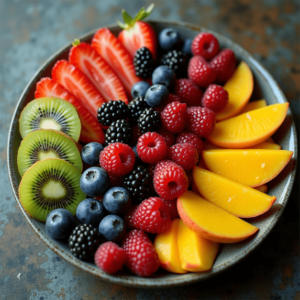



 Listen, I need to tell you about the time I tried to outsmart my own biology. Picture this: me, a trained nurse who should know better, standing in my kitchen at 2 AM, systematically demolishing a sleeve of saltines like I was conducting some sort of carbohydrate archaeology dig. I had yet to discover “feeding freedom”.
Listen, I need to tell you about the time I tried to outsmart my own biology. Picture this: me, a trained nurse who should know better, standing in my kitchen at 2 AM, systematically demolishing a sleeve of saltines like I was conducting some sort of carbohydrate archaeology dig. I had yet to discover “feeding freedom”.